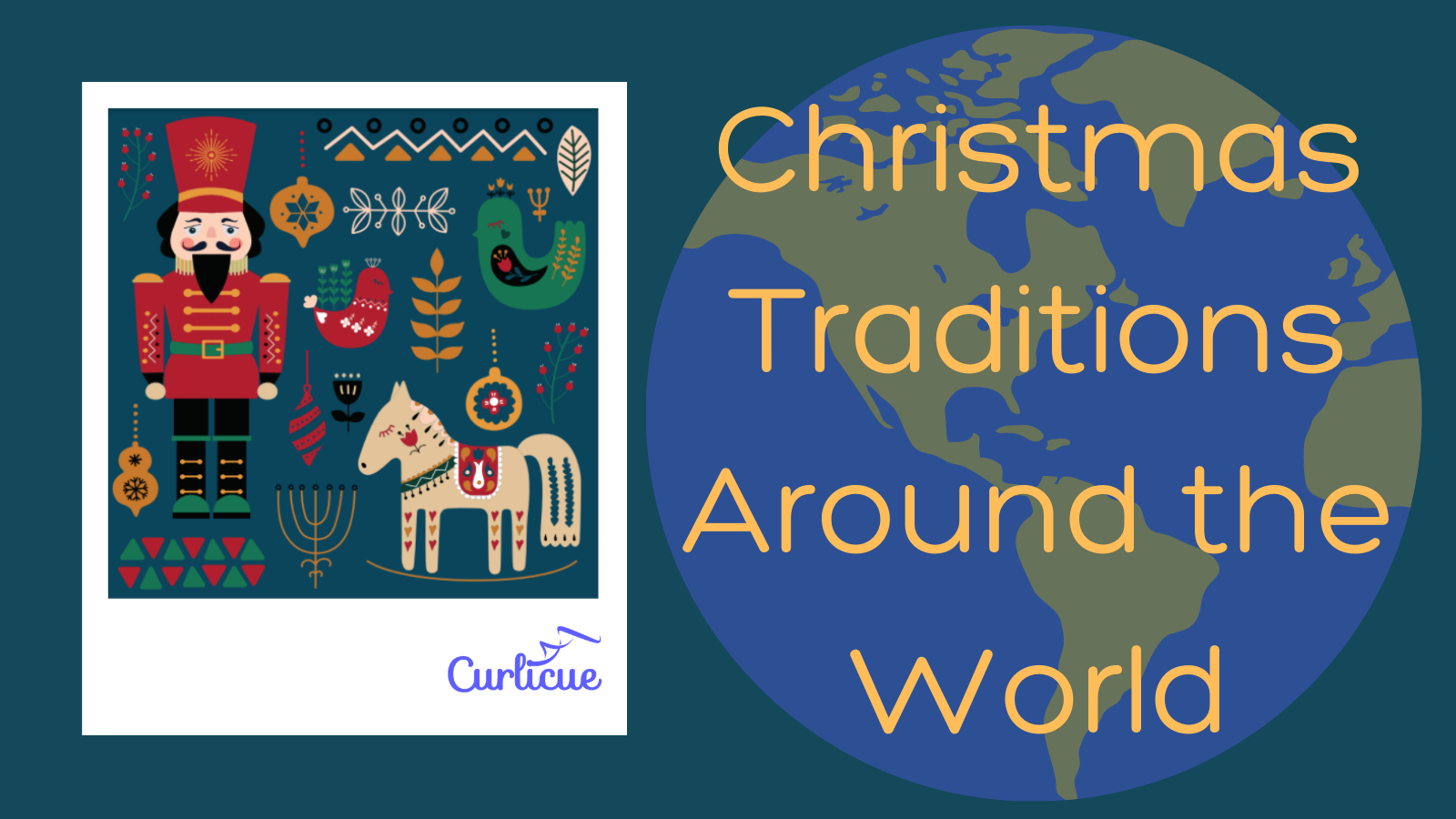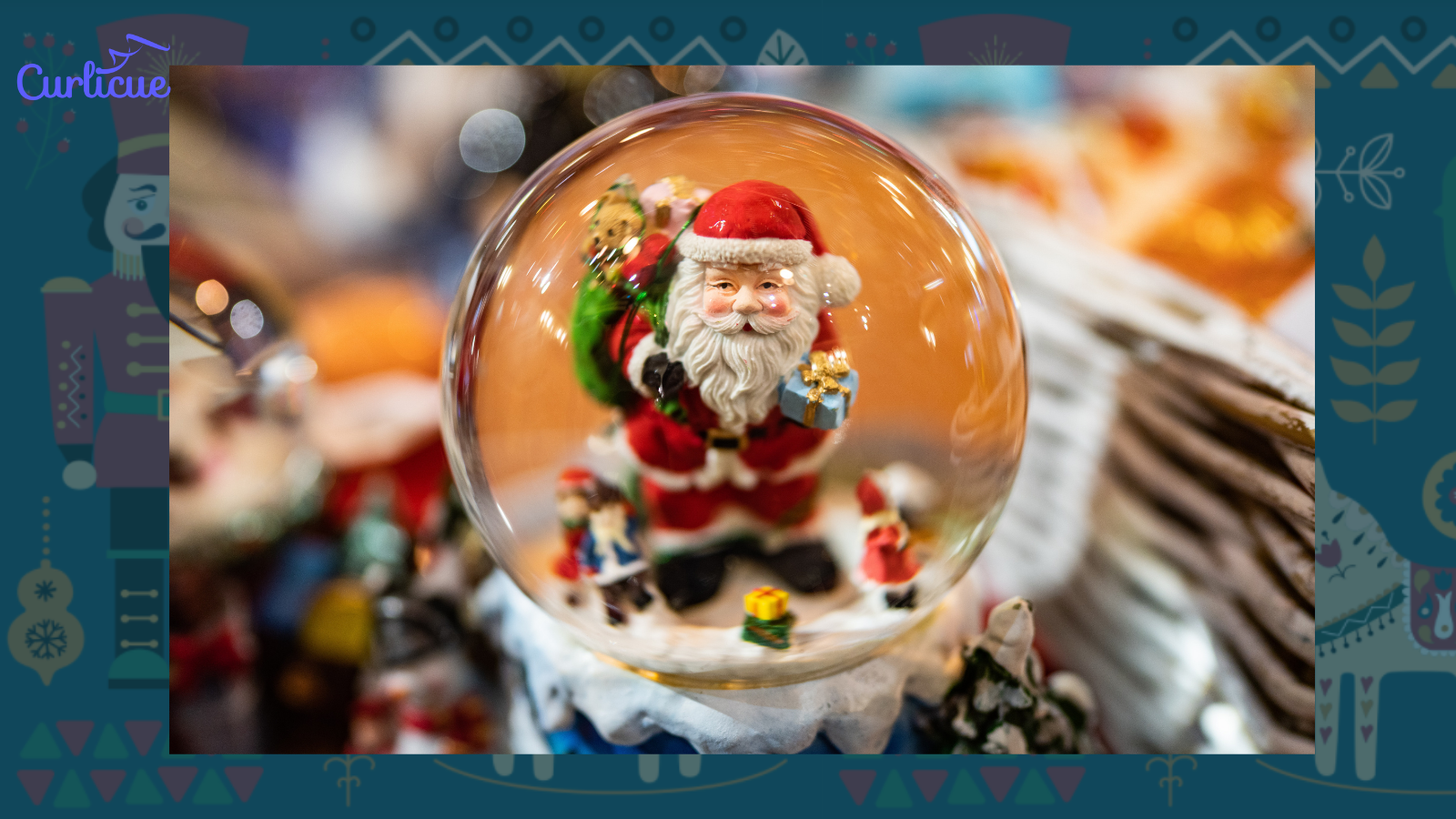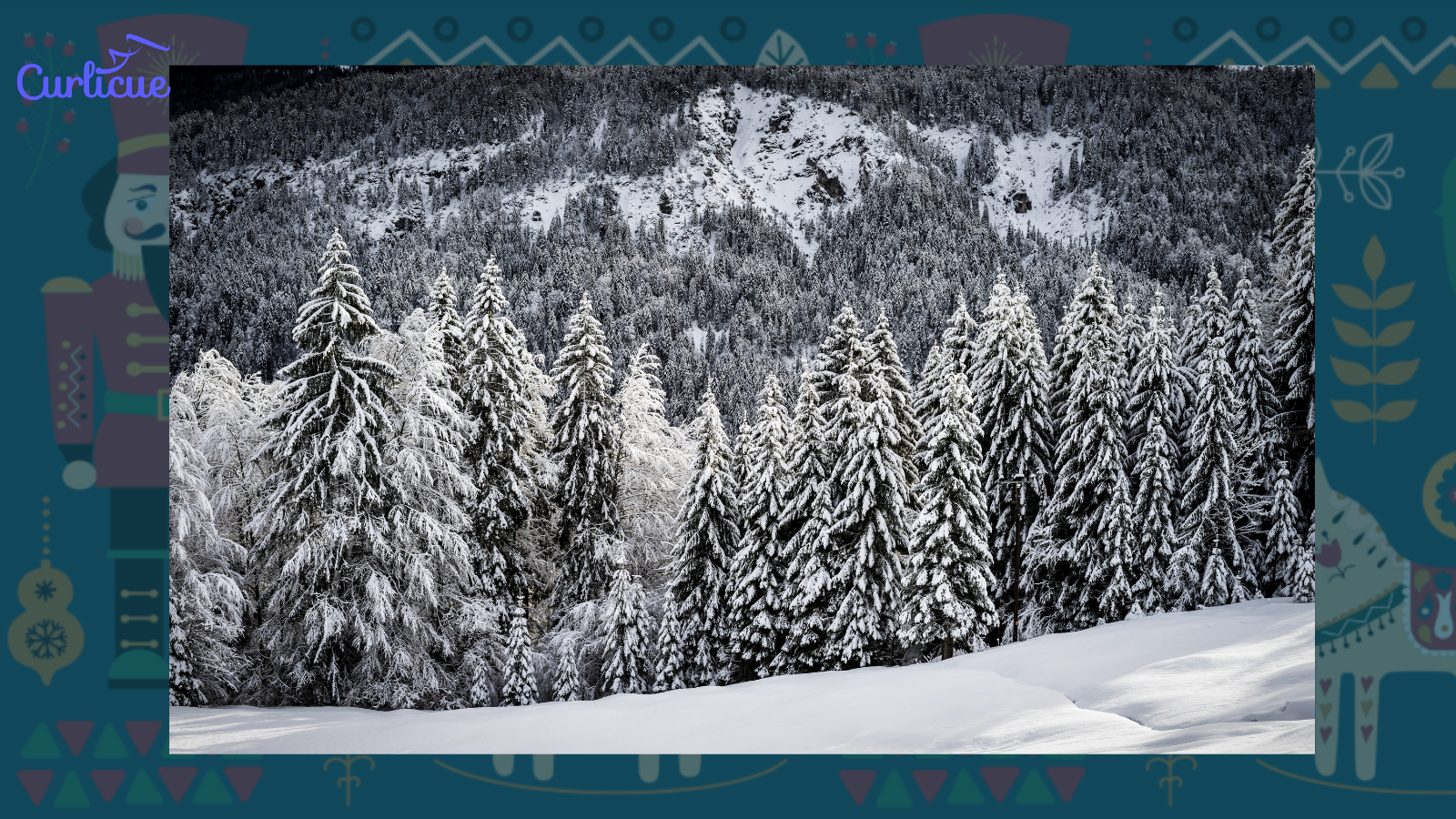Christmas Traditions Around the World
Christmas Traditions Around the World

Christmas is only a few days away, and we cannot wait! What we love most about the festive season is Christmas traditions; the customs you share with your family and friends - the traditions that unite nations and cultures. Christmas traditions help to bring together generations within families at the festive season.
As we look to the weeks ahead, we wanted to reflect on Christmas traditions around the world - while our Christmas may look very different this year, traditions can still make a socially distanced Christmas Day feel like familiar and homely.

Elf on the Shelf
Elf on the Shelf became an American tradition in 2005 and, thanks to the world of social media, the sneaky Elf has become a cultural phenomenon, taking place in homes everywhere in the last few years.
The Elf is Santa's secret agent, sent to make sure that children are well-behaved in the lead up to Christmas. The fun behind this spying elf comes in the scenarios he finds himself in at night when the house is asleep. We don't know if parents or kids are the ones who love Elf on the Shelf more!
If you’re getting stuck, there are some fantastic Elf on the Shelf ideas here.
Advent Calendar
Advent calendars are one of our favourite traditions. Chocolate every day? Yes, please! But do you know the origins of the advent calendar? Like so many Christmas traditions, the advent calendar originated in Germany in 1903, created by publishers Gerhard Land, to give children a way to count down to Christmas day with numbered doors that revealed a bible passage every day.
Today advent calendars feature everything from chocolate to make up - to say the tradition has grown feels like an understatement! We love reusable wooden advent calendars, not only are they zero plastic but it means who can count down to Christmas in any way you like!

Christmas Cards
The Christmas Card is a supremely English tradition, and its origins stem back to artist John Calcott Horsley in the 1830s. Horsley began to produce small cards with festive scenes and a pre-printed holiday message. The post office and Royal Mail was still a relatively new concept, but it made the tradition of Christmas cards an overnight success!

Christmas Trees
Christmas trees are one of the icons of the festive season and date back to the Middle Ages in Germany. By the early 19th Century, the Christmas tree became a widely featured addition to homes around the world for the holidays.
Decorating evergreen trees was originally part of the winter solstice celebration in Germany, these became ‘Christmas’ trees after the Christian festivities appeared in Strasbourg in the 17th Century. The first cultural mention of the Christmas Tree is in The Suffering of a Young Werther, written in 1771 by Johann Wolfgang von Goethe after a visit to Strasbourg.

Christmas Lights
Everyone knows Thomas Edison as the inventor of the lightbulb, but it was his partner, Edward Hibberd Johnson, who we have to thank for the twinkle and sparkle of Christmas.
Johnson strung electric bulbed Christmas lights around a Christmas tree in New York in 1882. By 1914, the decorative tradition was in every home that had welcomed electricity.

Mistletoe
The Christmas tradition of mistletoe has become a popular way to show festive love and its a regular feature in every Hallmark Christmas romance - but mistletoe has a legendary past.
Mistletoe goes back centuries to the Celts who believed that mistletoe had the magical power to heal wounds and increase fertility; they hung sprigs of mistletoe in their homes to ward away evil spirits. By the 19th Century, English families would hang mistletoe from ceilings and doorways and, if you stood under the festive foliage, someone else in the room would treat you with a kiss.

The Ultimate Feast
In Ukraine, families prepare a traditional twelve-course meal for their loved ones every year on Christmas Day. It is Christmas tradition that the youngest child for every family sits at the window and watches for the first evening star to appear in the sky. Once the star appears, the feast can begin!

Leaving Shoes For St Nick
In Scandinavia, it is a tradition for children to leave their shoes on the hearth and traces back to the legend of Saint Nicholas. Three poor sisters could not afford to marry, as they had no dowry to offer. The sisters were about to be sold by their Father (yes, we know…) but St Nick came to the rescue. He left each sister gold coins which landed in shoes placed next to the hearth to dry.

Christmas Book Flood (Jolabokaflod)
The Christmas Book Flood is possibly one of our favourite traditions and comes from Iceland.
On Christmas Eve, Icelanders give books to one another and then spend the night reading with their family and drinking hot chocolate. This Christmas tradition is known as Jolabokflod. Iceland has a large book-filled tradition as it is the most literary countries in the world. Iceland has more writers and books published and read per head than anywhere else in the world! There is so much literary talent in Iceland that one in ten Icelanders will actually publish a book. Perhaps Jolabokaflod inspires all those potential writers!

Gingerbread House
Making gingerbread houses is an amazing Christmas tradition as it combines creativity and tasty sweet treats! Every year we bring out our piping bags, Smarties, Jelly Tots, and spend an afternoon decorating (and snacking).
Making small structures out of gingerbread can be traced back as far as Ancient Greece and China in some form, but gingerbread houses as we know originated in Germany in the 1800s. Gingerbread was already popular among bakers for creating art forms, but the talented artisans created gingerbread houses, inspired by the witches house in the Grimm Brothers’ fairy tale, "Hansel and Gretel". Bakers took the descriptions from the story of a house in the middle of the woods, made of gingerbread chocolate and sugar drops, and created their own versions.
This inspired bake became a festive favourite, as ginger snap biscuits were already a popular treat for the time of year. If you'd like to make your own Christmas Gingerbread House this year, we love Maid of Gingerbread's signature recipe and instructions which you can download and make at home. Make sure to follow her on Instagram to see some of her incredible gingerbread creations.

Christmas Wreath
One of the signature Christmas decorations that we see in our neighbourhoods and on doors all around the world is a Christmas wreath.
The Christmas Wreath (most often made of blue nordic pine), is linked to the history of the Christmas tree and primarily originated in Germany. While 16th Century celebrants prepared and trimmed their Christmas trees, there would be offcuts littering their floors - never ones for waste - they took the leftovers and spun them into wreaths.
Nowadays, we still use blue pine for wreaths to honour the origins of the Christmas tradition and mark the holiday season.

The Julian Calendar
In Egypt and Ethiopia, they follow the Julian Calendar, which means that they celebrate Christmas on the 7th of January.
Merry Christmas
Looking to say Merry Christmas to your loved ones from around the world this year?
Italy - Buon Natale!
France - Joyeux Noël
Mexico - Feliz Navidad!
Germany - Froehliche Weihnachten!
Norway - Gledelig Jul!
Finland - Hyvää Joulua!
Sweden - God Jul!
Ukraine - Srozhdestvom Kristovym!
Greece - Kala Christouyenna!

Giving Gifts
The Christmas tradition of gift-giving has a long history. From the Ancient Romans giving gifts at the winter solstice to the nativity story of gifts of myrrh, frankincense and gold.
But the date of gift-giving has changed over the years. For centuries, gift-giving occurred on the 6th of December, which is Saint Nicholas' Day or early in the new year. But, with the popularity of The Night Before Christmas in 1823 and Charles Dickens' Christmas Carol in 1843, the custom changed to Christmas Day.

Wrapping Presents
It wouldn't be Christmas for us without wrapping paper, and wrapping paper dates back to China in 100AD! While paper didn't make a splash in Europe until almost 1,000 years later, it was the British that adopted and adored decorated wrapping paper. It began in the Victorian era with the design and print being a significant focus and the more intricate and elaborate the design, the wealthier the giver. At first, the wrapping paper was thick and difficult to manage, so they began to use a similar material to tissue paper to wrap their beautiful gifts.
The major game-changer in the tradition of wrapping gifts came in the 1930s with the invention of scotch tape - before then, presents had been sealed with wax, twine and strings.
At Curlicue, we like to think we've continued the evolving tradition of wrapping paper - harking back to beautiful design with our individual, exclusive, beautiful prints. But, with our recycled, recyclable wrapping paper, made using vegetable ink, we hope the tradition of gift-giving may have a new twist to add to its history!
You can shop our beautiful gift wrap here.


